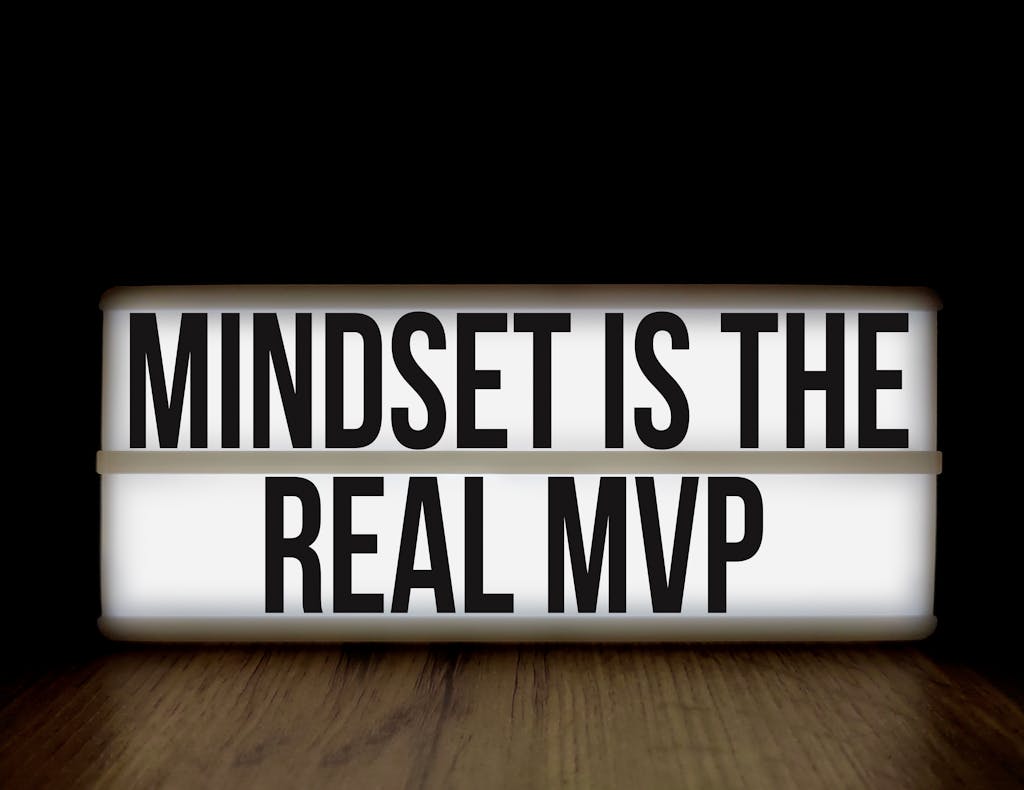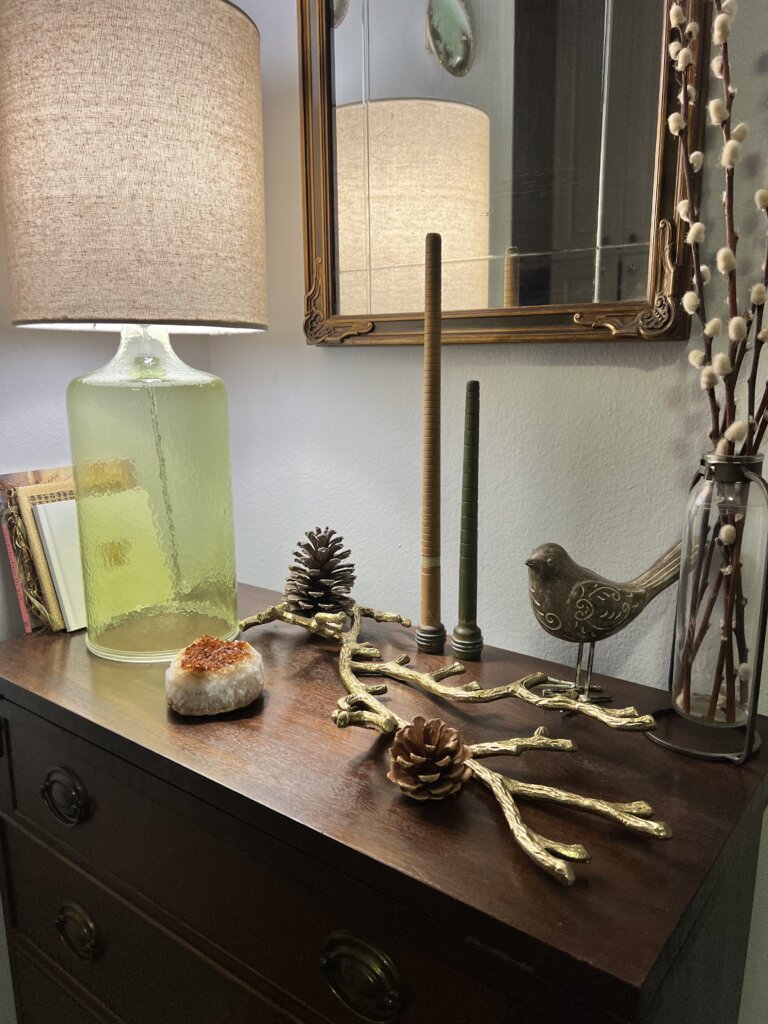Powerful Mindset Shifts For a Life of Growth
Mindset shifts are necessary at different times of life, not only to carry on and get through difficult situations, but for growth!
If you have ever been stuck, or found yourself just going through the motions, then you know what I am talking about.
You’re not alone if you have ever felt like life is just not going in the direction you had hoped. Every phase in our lives brings different challenges. Even if you are successful in your career, there may be room to grow in your personal life.
Personally I have had 5 BIG mindset shifts that led to major life changes. But I have also experienced hundreds of minor mindset shifts that keep me on track for my goals. In this post you will learn about a method I developed to help me grow with regular mindset shifts.
Table of Contents
If we want to move forward, we have to learn to grow and that means shifting the way we think.

In order to grow, we must examine how we think, feel, and respond. That’s where mindset shifts come in. They aren’t one-time events; they’re ongoing practices that shape how we evolve through different life stages.
I have developed a method for checking oneself when feeling stuck, called S.H.I.F.T. It’s a simple but powerful framework to get you moving again, with clarity and intention.
Grab your FREE Download of The Mindset S.H.I.F.T Mini Journal here.
And you know what? Mindset shifts aren’t just for when you are stuck and feel the need to start over. They’re for every time you want to stretch, level up, or live more aligned with who you’re becoming.

Whether you’re navigating a big life transition, reevaluating your priorities, or simply feeling uninspired, practicing mindset shifts can unlock your next chapter.
So let’s jump into this method I’ve used to help myself (and others) shift from stuck to strong. Each letter represents a powerful practice that supports mental and emotional growth.
S.H.I.F.T Method
S – Self-Awareness:
Mindset Shifts that You Self-Identify
Growth begins with noticing. Self-awareness is about paying attention to your thoughts, emotional patterns, habits, and the inner narrative that plays on repeat. Having self-awareness can help you change behaviors to make intentional changes.
Have you ever told yourself, “It’s just who I am,”? While some of that is true, not all of it has to be. You can change who you are, to become who you want to be.
Building self-awareness means sitting back and asking yourself some hard questions:
- Why am I reacting this way?
- How am I feeling about this?
- What’s really driving my choices?
- What do I actually want?
- Is this how I want to be?
Journaling, meditation, and even simply taking a walk without distraction can open space for these insights to surface. Start by noticing your inner dialogue. Is it supportive, or self-sabotaging?
I love this daily check-in you can have with yourself:
At the end of the day, write down one belief you noticed yourself repeating. For example, “I can’t submit that until it’s perfect”.
Now, ask yourself: Is this belief helping me grow? No? Then reword the narrative in your head with a positive message. For example, “I’ll submit it knowing that progress matters more than perfection.”
Do you see how reframing that statement can give you relief and allow you to learn from the process whether you fail or succeed?

H – Healthy Boundaries:
Mindset Shifts to Protect Your Peace
One of the biggest mindset shifts we can make, especially as caregivers, nurturers, or high-achievers is recognizing that boundaries are not selfish. They’re essential.
Healthy Boundaries are Self-Care. Read more about Setting Healthy Boundaries in Relationships here.
Healthy Boundaries are how we teach others (and ourselves) what we are and aren’t available for. Without them, our time, energy, and mental clarity get drained, leaving little room for growth or joy.
Setting boundaries might look like:
- Saying “no” to events or projects. Not being a people pleaser.
- Expressing your needs and limits.
- Creating special time for reconnecting with yourself or loved ones. “Me Time!”
- Limiting conversations that always seem to leave you anxious or depleted.
- Set and respect limits to protect your energy and well-being.
You might feel guilty at first, especially if you’ve been a lifelong people-pleaser. But setting boundaries doesn’t mean shutting people out. It really is showing up for yourself first.
Taking care of yourself first, like the old saying on an airplane: “Place the oxygen mask on yourself before helping others” is sometimes necessary for survival.
I know this first hand, since I am someone who was a perpetual people pleaser. I put everyone’s needs before my own for so many years, that it is actually what pushed me into burnout and depression.
Luckily, it was brought to my attention by a mental health professional and I have been healing from that experience. Hence this blog and why I feel it is important to share these self care tips with you.
We can rewire our brains to change behavior. Start with these mindset shifts as a daily or weekly practice.
If you need a reminder of why you are setting boundaries, try reframing the feeling of pushing people away to prioritizing your peace.

I – Intentional Positivity:
Refocus with these Mindset Shifts
Let’s be clear, I’m not saying pretending everything’s great when it’s not. We can’t just run around making positive statements thinking that’s going to change your habits.
Intentional positivity is about choosing where you place your focus.
Are you feeding thoughts that drain you? Or are you seeking what gives you life? Hmmm, I choose to give attention to the positive things around me, the things that give me joy.
Read more about this in my other post on: Health Mindset Habits for Personal Growth
Our brains are naturally wired to look for threats, so shifting our focus to the good takes intentional practice. Trust me, I’ve been there. As a former chronic worrier, I can tell you firsthand that dwelling on problems and negative emotions never brought me peace.
Studies show that gratitude, positive reframing, and surrounding yourself with uplifting content or people can literally rewire your brain over time.
Simple ways to practice intentional positivity:
- Practice gratitude daily. Read this article on how A Daily Gratitude practice can Transform your Life for the Better
- Limit how much time you spend consuming stressful news or negative social media.
- Reduce the amount of time you spend with people who are negative, or bring you down.
- Surround yourself with people who look at the future with hope and positivity, not doom and gloom.
- Focus on finding the good in situations.
Incase you are struggling with this, here are 40 Things to be Grateful for Right Now

F – Flexibility:
Mindset Shifts To Help You Let Go
If you’ve ever planned something down to the last detail only to have life throw you a curveball, you know the pain of rigidity. But here’s the thing: life isn’t static. And neither are you.
Flexibility is the mindset shift that allows you to bend without breaking. It’s how you stay open to new ideas, adjust to changing circumstances, and keep evolving when life doesn’t go “according to plan.”
Flexibility doesn’t mean you don’t have goals or standards. It means you’re willing to pivot. It means you trust yourself to adapt. Read more about flexibility is this other post of mine.
Examples of flexible thinking might include:
- Adjusting your routines during times of stress instead of abandoning them completely.
- Releasing the need for perfection and showing up as you are.
- Seeing change not as a setback, but as a chance to get creative.
- Keep an open mind and adapt to new ideas.
Self Check-in: Next time something doesn’t go your way, ask: “What is this trying to teach me?” and “How can I pivot and make the best of this?”

T – Take Action:
Growth Requires Movement
All the mindset work in the world won’t change your life if you don’t do something with it.
This is where many people get stuck. If you have ever waited until it felt perfect, until you’re 100% ready, or until the fear disappeared, then you likely weren’t taking action.
Action breeds clarity and allows you to make mistakes and learn from them. And you don’t have to do it all at once. Small, consistent steps compound over time and build momentum.
And don’t be afraid to fail! It’s okay to fail while trying. It’s called “Failing Forward”. Failure is opportunity for growth and improvement. Move forward with purpose to turn goals into reality.
As long as you are creating momentum, taking action, learning and trying new things, then failure becomes experience. Experience becomes your success story.
Examples of Taking Action:
- Signing up for the class you’ve been thinking about for months.
- Having the hard but necessary conversation.
- Creating a morning routine that supports your energy.
- Read this post on How to Create A Vision Board with Intention
- Setting a goal.
- Reaching out to someone.
- making a To Do list and checking off one item
- Share an idea to develop.
Even deciding to rest when you need it can be a powerful action. What matters is that you’re choosing to move forward on purpose.
Daily Check-In: Ask yourself: What’s one small step I can take today toward the life I want?

Final Thoughts:
Mindset Shifts will Produce Growth, but It’s a Practice, Not a Destination
The truth is, we’re all constantly evolving. The more you practice these mindset shifts, the more resilient, fulfilled, and aligned you’ll become.
Whether you’re navigating change, rediscovering who you are, or just craving a fresh start, the S.H.I.F.T. method is here to help you grow forward.
So take a breath. Get honest with yourself as you do some self-awareness exercises. Protect your energy with boundaries and choose your focus. Remember to stay flexible and take action, even if it is small.
Grab your FREE Download of The Mindset S.H.I.F.T Mini Journal here.
You’ve got this.
Which part of the S.H.I.F.T. method speaks to you the most right now? I’d love to hear in the comments. And if this post resonated, consider sharing it with someone who’s in a season of growth too.








